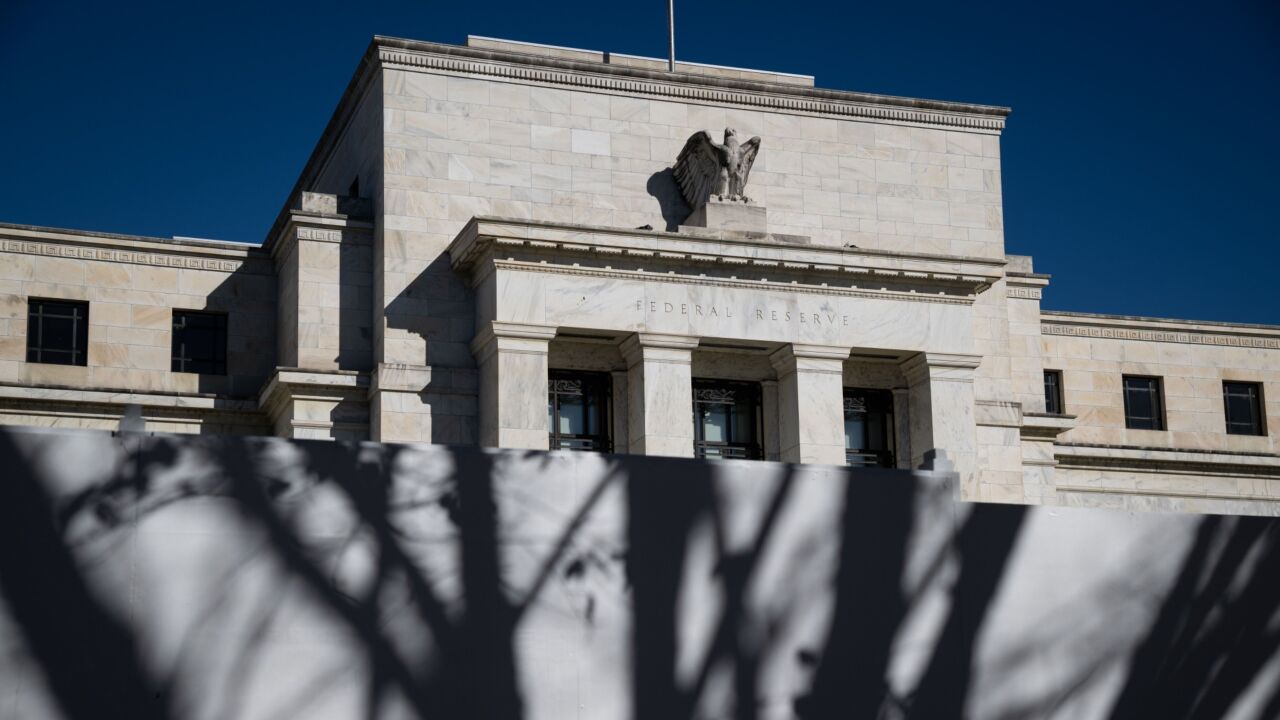Merrill Lynch & Co. Inc.'s recent cost-cutting measures and the expansion of its banking strategy appear to have impressed investors, who have helped its shares outperform those of some other brokerages, as well as the broad market, this year.
On Wednesday, a day after she met with Ahmass Fakahany, Merrill's chief financial officer, and Dow Kim, its head of global debt markets, Lauren Smith, an analyst at Keefe, Bruyette & Woods Inc., said that she is impressed with Merrill's potential;
However, Ms. Smith also reiterated her "market perform" rating for the stock and said its fundamentals "remain tenuous." The risks of civil litigation related to alleged conflicts of interest between investment banking and equity research remains unquantifiable, she said. Merrill was the first company regulators targeted last year over the alleged conflicts.
Still, its management has decided "to turn the ship around and focus on profitability," instead of market share, by beefing up its banking services, Ms. Smith said.
In January, Merrill launched its Beyond Banking retail strategy, which directly targets competitors' deposits. The strategy, which broadened Merrill's banking powers, is one of the ways it is trying to diversify revenues away from an unreliable equity market. It was launched after several quarters of cost-cutting, which has also paid dividends. In April it reported its fourth consecutive quarterly earnings increase - profits rose 6%, to $647 million.
Merrill is a formidable deposit gatherer and a significant player in mortgage banking. It offers small-business and middle-market lending and is looking to launch a consumer credit card. Ms. Smith said it could expand its product array even further. But as far as becoming more of a bank is concerned, "they are already there."
Its $85 billion of deposits, a cheap and liquid source of funds, offers an advantage, since it is being used to fuel expansion, particularly in its fixed-income business, where it wants to build scale and scope, Ms. Smith wrote in her report.
Henry McVey, a Morgan Stanley analyst, who also met with Merrill's management recently, echoed that notion. He noted in a research report Wednesday that deposits now make up 51% of Merrill's funding, compared to 14% in 1998. Short-term borrowing, on the other hand, is now the source of 2% of its funding, from 21%.
Some analysts say the second-quarter earnings could be better than expected. Andrew Collins of U.S. Bancorp Piper Jaffray increased his target on Monday by 4 cents, to 69 cents. In a research note, he wrote that he "had initially expected debt issuance to slow in the second quarter," but that had not been the case.
But Ms. Smith said she wanted to wait until the other bulge-bracket brokerages report earnings next week before she takes another look at her second-quarter estimate of 65 cents per share for Merrill. That estimate is 2 cents below the analyst consensus, according to Thomson First Call.
On Wednesday, Merrill's stock rose 2.91%, and the S&P 500 rose 1.26%.






